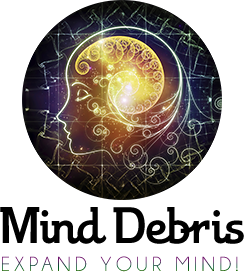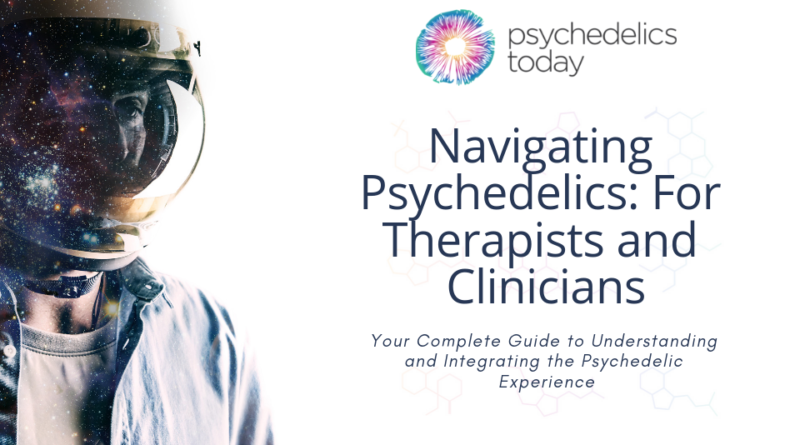MDMA Therapy Guide
[Please note that this page contains affiliate links. If you choose to purchase after clicking a link, I may receive a commission at no extra cost to you.]
MDMA therapy comprises three 90-minute introductory treatment sessions, followed by three 8-hour MDMA therapy sessions and nine 90-minute follow-up sessions, which add to 42 hours of treatment.
For the treatment sessions, clients are given headphones and eyeshades. The clients spend most of their MDMA therapy sessions with their headphones and eyeshades, enjoying the therapy music playlist.
The Formal MDMA therapy procedure:
First, three preoperatory sessions are followed by MDMA Day 1, and patients do three sessions. Then, for MDMA Day 2, there are another three sessions. Finally, on MDMA Day 3, there is a follow-up of three integration therapy sessions. Thus, it takes five months to complete the entire MDMD therapy procedure.
When the three prep sessions are complete, clients are screened to ensure they don’t have heart disease, high blood pressure, or significant health issues.
Clients must first wean off the majority of or all the psychiatric medications they may be on.
On the day of the MDMA therapy session, clients are tested for substances and made sure they are not pregnant.
Clients then check in with a therapist, and around 10 AM, they take the placebo—or the MDMA, as per the double-blind study. Then two therapists sit with them.
Usually, clients wear blinders and headphones as patients go inside—they try to be inside for at least 50% of the total time. Their blood pressure is checked parodically.
MDMA Therapy: The Dose
At some point in the MDMA therapy session, they are offered an additional dose, which is MDMA, to add a little more to their initial dose. It is usually about half of the amount of the initial dose.
Therapists spend eight hours with them, encouraging the patients to go inside and process the information when they are not, guiding the clients through challenging points and helping them intergrade the experience.
Typically, by around the 5 PM mark, clients feel ready to transition, and they are then watched by a sitter, who will spend the night at the clinic with them.
Patients are given a private room where the sitter is available, keeping them safe overnight on the other side.
The following morning, the therapists check the 90-minute session, which helps the patient process the experience. Then, if all goes well for them, they are allowed to go home.
The clients then have three more prep sessions throughout the following month. Afterwards, they are then scheduled for their next session.
Why is MDMA Therapy Beneficial?
It works by aiding you in trusting yourself, and it helps you with the acceptance of yourself.
MDMA gives the person a feeling of love, safety, and peacefulness that lets the user revisit both parts of you may not fully accept yet and guides you through past experiences.
It strengthens the bond between the therapist and the patient. This allows for a more profound sense of healing.
MDMA can also increase compassion and trust towards others, which works so well for MDMA-assisted psychotherapy for PTSD.
MDMA Therapy Benefits:
- General enhancement in life enjoyment
- Relationship improvements through couple’s therapy
- PTSD
- Depression
- Anxiety


